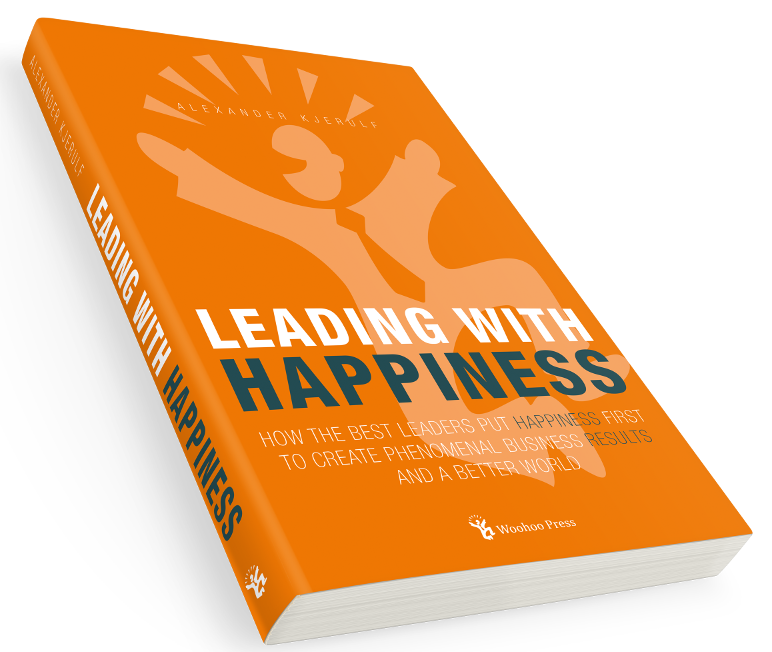Look at the world around you. It may seem like an immovable, implacable place. It is not. With the slightest push – in just the right place – it can be tipped.
This is how Malcolm Gladwell ends his book The tipping point, subtitled “how little things can make a big difference”. Throughout the book Gladwell examines the circumstances in which large scale change can be brought about by a small effort. From the explosive succes og Hush Puppies (a brand of shoes) to a wave of suicides that plagued Micronesia. From the success of Sesame Street to a syphilis epidemic in Boston in the 90’s.
Gladwell argues that this sort of change is much more common than we usually acknowledge, and that it is possible because of three factors, the three rules of the tipping point.
These three rules are:
* The law of the few
* The stickiness factor
* The power of context
The law of the few states that there are three kinds of people who are mainly involved in spreading any new idea or epidemic, namely mavens who discover new trends and enjoy sharing them, connectors who have huge networks and salesmen who are good at convincing people to try something new. The stickiness factor is a measure of how hard it is to shake the new concet, and the power of context reminds us to look at the context in which any new concept is spreading.
The main message here is, that when we are working to effect change, we must liberate ourselves from traditional thinking. A good example of this, which is also covered in the book, are the efforts to reduce teenage smoking which have failed spectacularly. These efforts focus on teaching teenagers that smoking is dangerous and unhealthy, but they ignore the fact that that’s one of the reasons why teenagers smoke – because it is dangerous. What is needed instead is an effort that identifies a likely tipping point, and focuses efforts there.
One of my favourite stories from the book is of a nurse called Georgia Sadler who was trying to teach the black community in San Dieago about diabetes and breast cancer. She started arranging seminars in churches in the area, but attendance was very low. So she took her program to the beauty salons in the area instead. She taught the women who worked in the salons both about the diseases but also how to pass the information on using stories, and she distributed information materials in the salons. In that way, she affected much more change, than if she’d spent millions on an advertising campaign.
The tipping point describes a way of seeing the world, that is probably truer than what common sense will tell us, namely that to effect large change takes a large effort. And of course it has inspired me to think of what the tipping point for happiness at work might be…



Leave a Reply